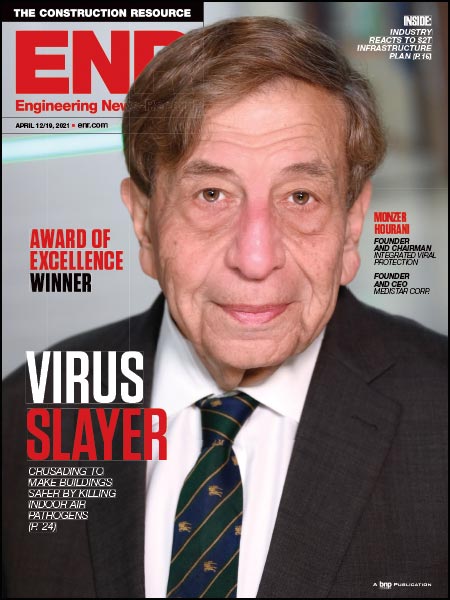Transportation officials are eager for states to take the lead in using public-private partnerships (P3), but they seek clarity and leadership from the federal government on the future of transportation in general. A recent upsurge in major P3 deals has encouraged global firms regarding U.S. opportunities, but uncertainty over federal transportation legislation overshadows the optimism.
In Washington, D.C., a keynote speech by U.S. Secretary of Transportation Ray LaHood at the American Road & Transportation Builders Association’s (ARTBA) P3 conference on July 22-23 did little to quell doubts. He said a highway user fee and a gas tax increase are “off the table.” Noting the rocky political climate, he said, “We’re going to need everyone’s help to get a bill passed.”
In a subsequent session, Pat Jones, executive director of the International Bridge, Tunnel and Turnpike Association, noted that President Dwight D. Eisenhower advocated taxes and tolls to sustain a national system and that President Ronald Reagan was persuaded to raise the gas tax for highway funding.
For states, like Pennsylvania, seeking authority to pursue P3s, achieving public approval is crucial, as most project candidates for private-sector involvement rely on tolls, said AECOM Vice President Matthew Cummings. He noted that failed attempts to lease the Pennsylvania Turnpike and impose tolls on I-80 have left the public with a skewed image of P3s. “It’s essential that P3s be presented as a long-term program, not a one-off response to a budget crisis,” Cummings said.
However, educating politicians and the public about P3s includes “separating the debate from those [debates] about tolling, the gas tax, et cetera,” said James Reed, transportation program director with the National Conference of State Legislatures, which is working with ARTBA on an educational document about P3s.
Christian Youngs, project engineer with the Michigan Dept. of Transportation’s Office of High-Speed Rail & Innovative Project Advancement, said that acceptance of tolling is “very project-specific.” He cited the proposed Detroit River International Crossing (DRIC), a project that MDOT hopes to advance once it enacts its own P3-enabling legislation. Youngs said that because an existing crossing has tolls, “there’s an expectation that DRIC would be tolled as well. But open-road tolling would require us to take the educational effort to a new level.”
Investors remain attracted to P3s in both traditional and emerging sectors. Virginia, which has used P3 for major projects, now is considering it for smaller projects like the $377-million widening of Dominion Boulevard in Chesapeake.
P3s also are considered essential for sustaining the nation’s embryonic high-speed-rail program. Newly appointed Federal Railroad Administration Chief Counsel Karen Hedlund said her agency “cannot and will not do high-speed rail on its own.”





Post a comment to this article
Report Abusive Comment